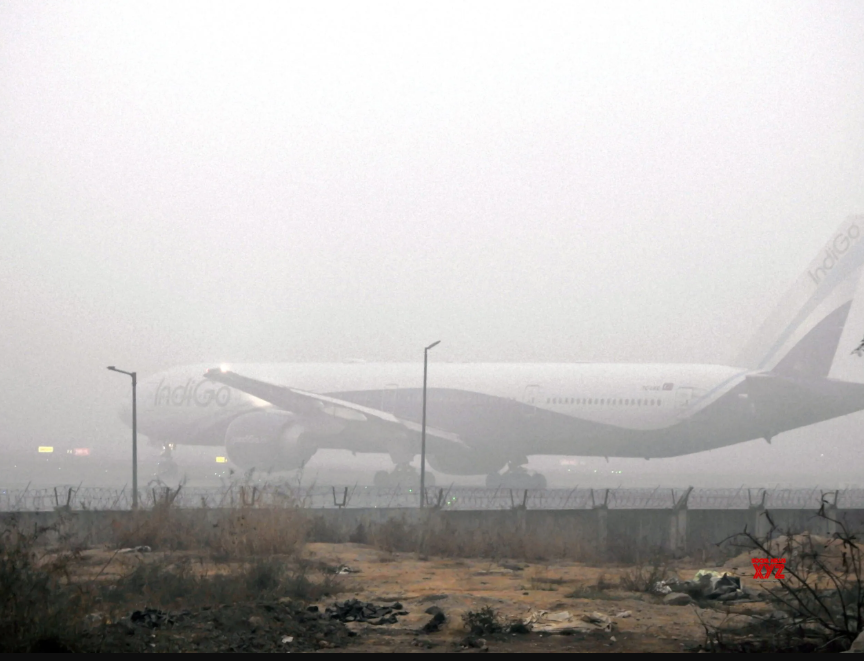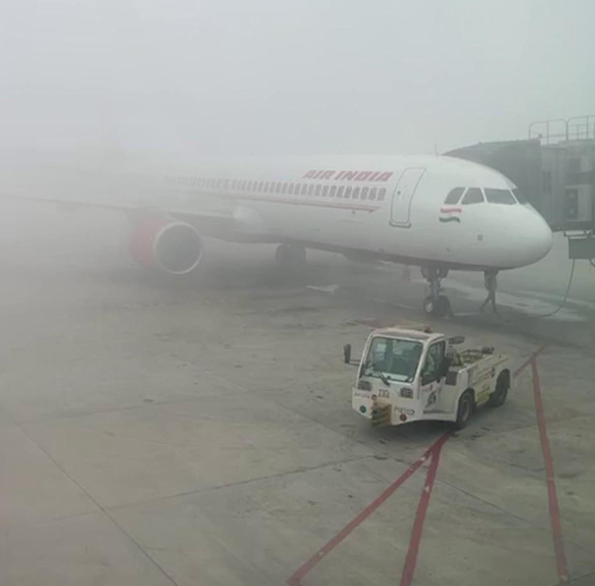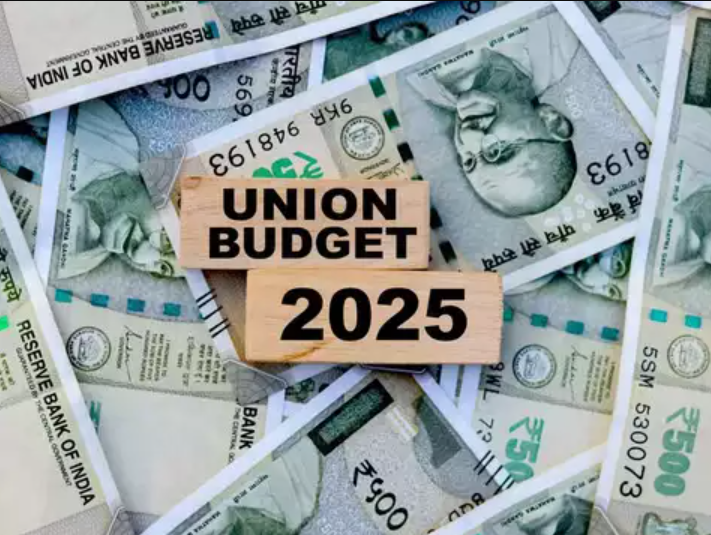
The number of flights and trains affected due to the dense fog on Friday morning was not immediately known. Dense fog engulfed Delhi and its surrounding areas like Ghaziabad, Noida on Friday morning, reducing visibility to zero at some places, due to which the Indira Gandhi International Airport (IGI) issued an alert regarding the possible impact on flights. Dense fog has engulfed Delhi-NCR amid a drop in the air quality index (AQI). According to the SAMEER app, which gives hourly data on the national air quality index, Delhi’s average AQI at 6:05 am on Friday was 409, which is in the ‘severe’ category.
The number of flights and trains affected due to the dense fog on Friday morning was not immediately known, however, more than 100 flights were cancelled at the Delhi airport. The IMD has predicted that the minimum temperature in the city will be around 6 degrees Celsius, while the maximum temperature is likely to hover around 20 degrees Celsius. There will also be “very dense fog”. Flight operations affected at IGI Airport Delhi’s IGI airport at 4:25 am asked passengers to contact individual carriers in view of the likely impact on operations due to dense fog.
In another alert at 5:52 am, Delhi airport said that take-off of flights has been affected, however, CAT III compliant flights are able to take off and land. “Due to dense fog, flights have been affected, however, CAT III compliant flights are able to arrive and depart from Delhi airport. Passengers are asked to contact individual carriers for information on flight status,” the alert read. Further, IndiGo in a post on X at 5.04 am asked passengers to keep track of flight status before heading to the airport. Delhi and other NCR cities Noida, Ghaziabad and Gurugram were engulfed in a cloud of smog between January 2 and January 3, during which, according to the weather department, visibility dropped to zero for nine hours in some parts, the longest this season. On Thursday, Delhi woke up to a sunny day after a few days of cold winds and the maximum temperature was recorded at 21.2 degrees Celsius, 2.2 degrees above normal for this season. However, Thursday morning was cool as the minimum temperature was recorded at 4.8 degrees Celsius, while it was 7.4 degrees Celsius on Wednesday.
The city witnessed a light smog in the morning. The central government’s advisory on Delhi-NCR’s air quality has led to the resumption of Phase 3 anti-pollution checks under the Assessment Response Action Plan (GRAP) amid a sharp rise in air pollution levels due to bad weather. Delhi witnessed a rise in pollution levels and the 24-hour average pollution level (AQI) rose from 297 on Wednesday to 357 at 4 pm. The reason for this was “calm winds and smog”. The Commission for Pollution Quality Administration, responsible for defining pollution control techniques in Delhi-NCR, asked experts in the field to immediately implement the approved checks under Stage 3 so that the situation does not worsen. According to the CAQM, an AQI between zero to 50 is considered ‘good’, an AQI between 51 to 100 ‘satisfactory’, an AQI between 101 to 200 ‘moderate’, an AQI between 201 to 300 ‘poor’, an AQI between 301 to 400 ‘very poor’ and an AQI between 401 to 500 ‘severe’. Action Plan 3 of GRAP, which was rejected on Sunday, has a provision to stop non-essential construction work.

Moreover, the Centre for Research on Energy and Sanitation (CREA) annual report states that Delhi has recorded a 12 per cent reduction in the 2017 standard. According to the data, PM10 levels have come down from 241 to 211 µg/m³, but the city is still not able to meet the initial target. The Commission for Environmental Quality Management, which decides ways to tackle pollution in Delhi-NCR, has coordinated experts in the field to speed up the implementation of measures approved under Phase 3, to help reduce pollution. According to the CAQM, an AQI between zero and 50 is considered ‘good’, 51 and 100 ‘satisfactory’, 101 and 200 ‘moderate’, 201 and 300 ‘poor’, 301 and 400 ‘very poor’ and 401 and 500 ‘severe’. The GRAP Stage 3, which was rejected on Sunday, put a halt on non-essential development work. Further, the Centre for Renewable Energy and Sanitation (CREA) annual report showed that Delhi recorded a 12 per cent drop in particulate matter compared to the 2017 norm. The data showed that PM10 levels fell from 241 to 211 µg/m³, but the city still missed the initial target.




